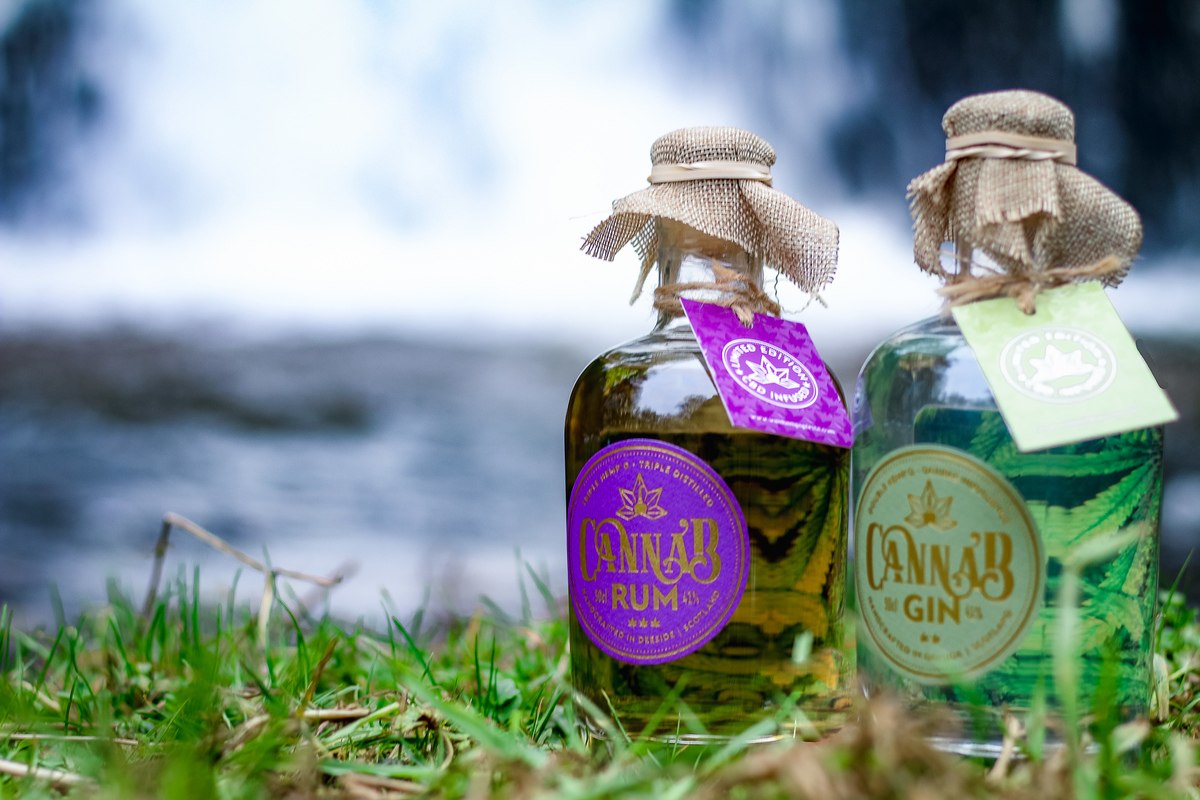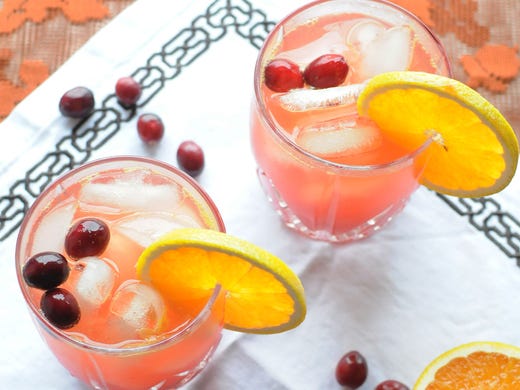FLUBYDUST/GETTY IMAGES
If there’s one thing we can all agree on, it’s that bad beer is to be avoided at all costs. But it isn’t just about the price point, origin, or brand of beer that determines its quality—how you serve beer has a seriously significant effect on the flavors, aromas, and overall experience you’ll have when sipping it.
Just in time for summertime barbecues, baseball season, and Father’s Day, we tapped Ryan Daley, the Sr. Educator and Master Cicerone for Anheuser-Busch for all the info you’ll need to give your beer—whether it’s a lager, porter, stout, IPA, pilsner, or some crafty combination of the above—the top-tasting treatment it deserves.
How to serve beer
According to Daley, the top tip for serving beer is simple: pour it into a glass. This offers several benefits to the drinking experience. The first is being able to appreciate the beer’s appearance. Beer has an amazing array of colors, from bright golden sunshine to dark mahogany. If you don’t pour it out you’ll never even get the chance to appreciate the look of the beer. Next, by pouring the beer into a glass it helps to release the carbon dioxide. This benefit is twofold: on one hand it helps to release more aroma, and ultimately more flavor, in the beer. On the other, it makes the beer feel and taste less filling.
There are dozens of different styles of glasses for beer. Some may have a historical connection to a certain style of beer; others may be better suited for one style versus another based on the size and shape of the glass. According to Daley, when all is said and done, you should simply select a glass you like. “A good beer glass is a combination of form and function. By pouring the beer into a glass you are already gaining some positive functionality. In terms of form, it should look good to your eye and feel good in your hand,” he explains. Long story short, it’s just as important to choose a glass that’s right for you as it is to choose a glass that’s right for the beer.Continue Reading





 By. Jeffrey Morgenthaler
By. Jeffrey Morgenthaler

